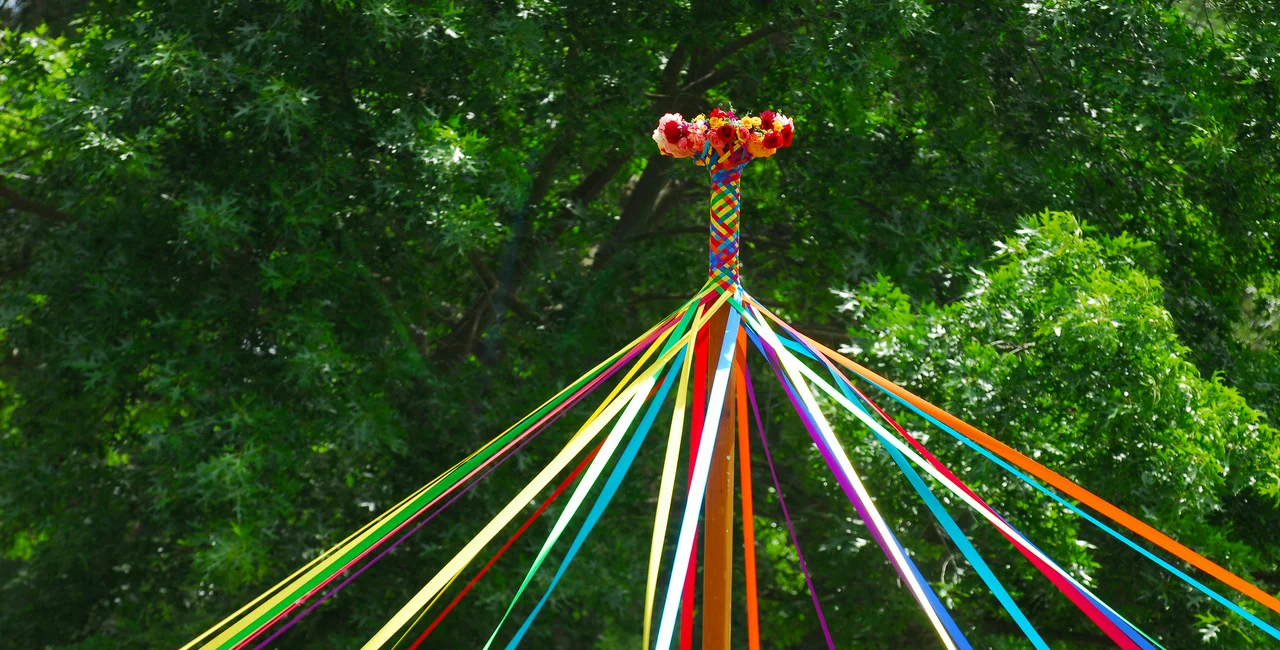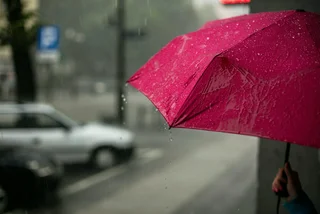With temperatures set to climb this weekend and sunny skies ahead the official start of spring is set to feel decidedly springlike. The Czech Republic heralds jaro with a number of folk traditions and proverbs but which day officially marks the season's start?
There are over half a dozen ways to calculate the start of spring, with answers ranging from March 1 to April 30. Most consider spring to be officially sprung on March 20 at 4:33 pm, the exact time of the vernal equinox. According to astronomers, spring starts when the sun crosses the celestial equator and enters the constellation, Aries.
On the day of the equinox, daylight and darkness are equal. Days will then start to become longer than nights. The reverse happens after the autumnal equinox, on Sept. 23 this year, when darkness once again starts to take over.
The Czech Hydrometeorological Institute (ČHMÚ) offers a second and third definition of spring. Meteorological spring from March 1 to May 31 is a fixed period that gives meteorologists the opportunity to process data, while vegetation spring is governed not by the calendar day or the position of the sun but by the average daily temperatures.
Vegetation spring begins when the average daily temperature rises above 5°C and ends with the onset of average daily temperatures above 15°C. In most of the Czech Republic, it starts in the second half of March and ends in the last part of May.
You can also calculate spring by when clocks are set forward an hour. In the Czech Republic, that will be on March 27 at 1 am. Technically, this method completely does away with spring at it is the start of Summer Time, which will run until Oct. 30, when Winter Time begins. The phrase Daylight Saving Time isn’t used in Europe.

The EU has long promised to do away with the semiannual changing of clocks but has not yet done so. The issue is currently stuck in the Council of the European Union.
In the Czech Republic, the start of spring can be marked by symbolically drowning the winter witch Morana. When the straw effigy is drowned depends on local custom. For some people, it is the equinox, and for others, it is Smrtná neděle (Deadly Sunday), two Sundays before Easter. This year, Smrtná neděle falls on April 3 as Easter is relatively late, April 17.
Morana is held responsible for fields being barren in winter. On Smrtná neděle, her effigy is drowned in the local waterway or burned. Traditionally, village girls, singing folk songs and carrying evergreen twigs, would take the effigy to its final destination. Looking at Morana after she is in the water can lead to a bad harvest or other misfortune. It is also a bad omen if one of the village girls trips during or after the ceremony.

The drowning of Morana is not to be confused with Čarodějnice (Witches Night), on April 30, which involves burning the effigy of a generic witch to again encourage the apparently very stubborn wintry spirits to leave, if they haven’t gotten the hint yet. This is the last end-of-winter celebration, and the next day, May Day, is a spring holiday of love that can include dancing around the Maypole.
Easter itself has its own set of folk rituals to end the fallow season, the most well-known of which is using a willow whip called a “pomlázka” on Easter Monday. Young women are symbolically whipped on their behinds, again in an effort to encourage fertile fields. In some places, the women can give out chocolates, eggs, or slivovice to avoid being whipped. In other places, they give out the treats but are whipped anyway. Wooden noisemakers are also used on Easter Monday to scare away the infertile spirits.

As for predicting what the spring will be like, Czech folklore is closely tied to what is called Groundhog Day in the U.S. Here, Feb. 2 is called Hromnice, and spring will be delayed if the badger comes out of its hole and sees its shadow.
There are a large number of weather-related folk sayings, called “pranostiky,” for Hromnice. This year, it was mostly cloudy in Prague, with a high around 4°C. That was good news. “A cloudy Hromnice makes the farmer happy,” is one saying. “On Hromnice, a farmer would rather have a wolf in his barn than the sun in the sky,” is another.
Before St. Patrick’s Day began to catch on, the name day for Josef, on March 19, was a day where people celebrated the coming spring by imbibing alcoholic beverages. Until 1951, Jozef was the most common first name in what is now the Czech Republic, and virtually every family had at least one. The name has been falling in popularity though, so crowds of inebriated Josefs going from pub to pub have become a rarity.
There is weather folklore for this day as well: “If St. Jozef looks down kindly, spring will be ushered in on his day.”












 Reading time: 4 minutes
Reading time: 4 minutes 




































